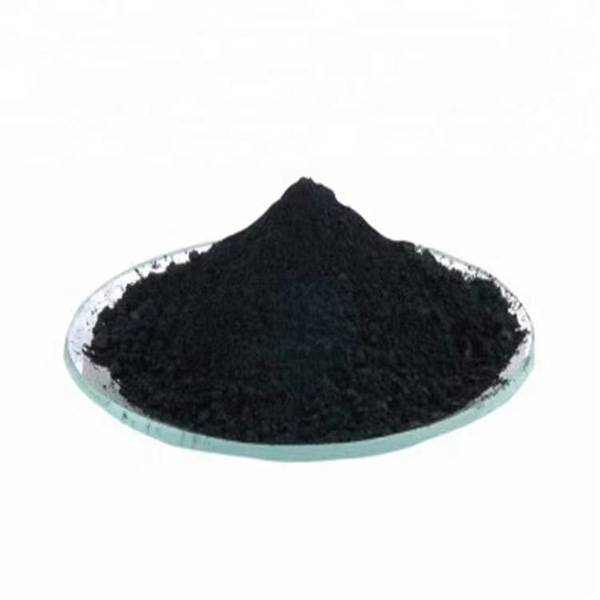1. Introduction
2. Molecular Design and Photophysical Properties
3. Biomedical Applications
In bioimaging, the hCG-conjugated probe hCG-NIR1001 achieves high-resolution imaging of ovarian follicles and micro-metastases under 808 nm excitation. With a penetration depth of 3 cm in NIR-II, it outperforms NIR-I probes by threefold, while reducing background fluorescence by 60%. In a mouse renal injury model, NIR1001 shows 85% renal-specific uptake, detecting damage six times faster than macromolecular controls.
For PDT, NIR1001 generates reactive oxygen species (ROS) at 0.85 μmol/J under 1064 nm laser irradiation, effectively inducing tumor cell apoptosis. Liposome-encapsulated NIR1001 nanoparticles (NPs) accumulate 7.2 times more in tumors than free dye, minimizing off-target effects.
4. Industrial and Environmental Monitoring
In industrial applications, NIR1001 is integrated into Juhang Technology’s SupNIR-1000 analyzer for fruit sorting, meat quality assessment, and tobacco processing. Operating in the 900-1700 nm range, it simultaneously measures sugar content, moisture, and pesticide residues within 30 seconds with ±(50ppm+5% reading) accuracy. In automotive CO2 sensors (ACDS-1001), NIR1001 enables real-time monitoring with T90≤25s response time and a 15-year lifespan.
For environmental detection, NIR1001-functionalized probes detect heavy metals in water. In pH 6.5-8.0, fluorescence intensity linearly correlates with Hg²⁺ concentration (0.1-10 μM) with a detection limit of 0.05 μM, outperforming colorimetric methods by two orders of magnitude.
5. Technological Innovation and Commercialization
Qingdao Topwell Materials employs continuous synthesis to produce NIR1001 at 99.5% purity, with 50 kg/batch capacity. Using microchannel reactors, the Knoevenagel condensation time is reduced from 12 hours to 30 minutes, cutting energy consumption by 60%. The ISO 13485-certified NIR1001 series dominates the biomedical market.
Post time: Jul-16-2025







